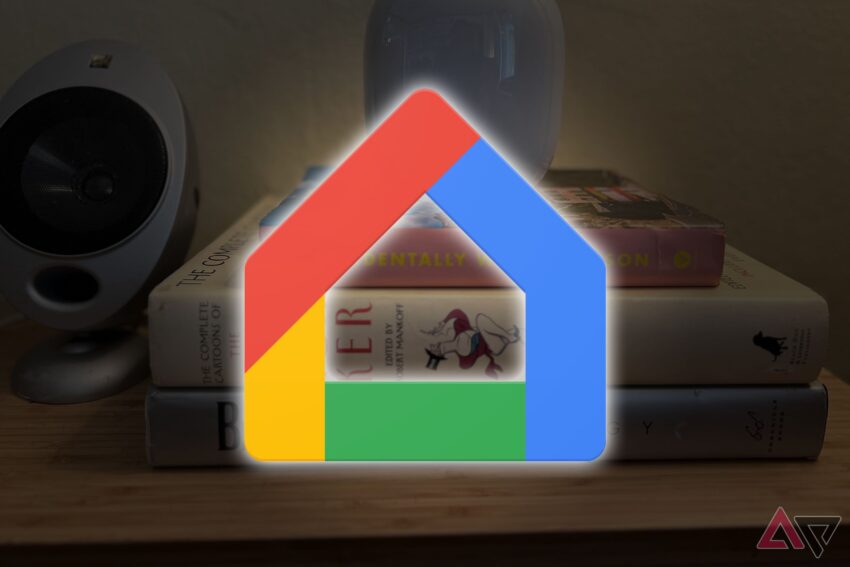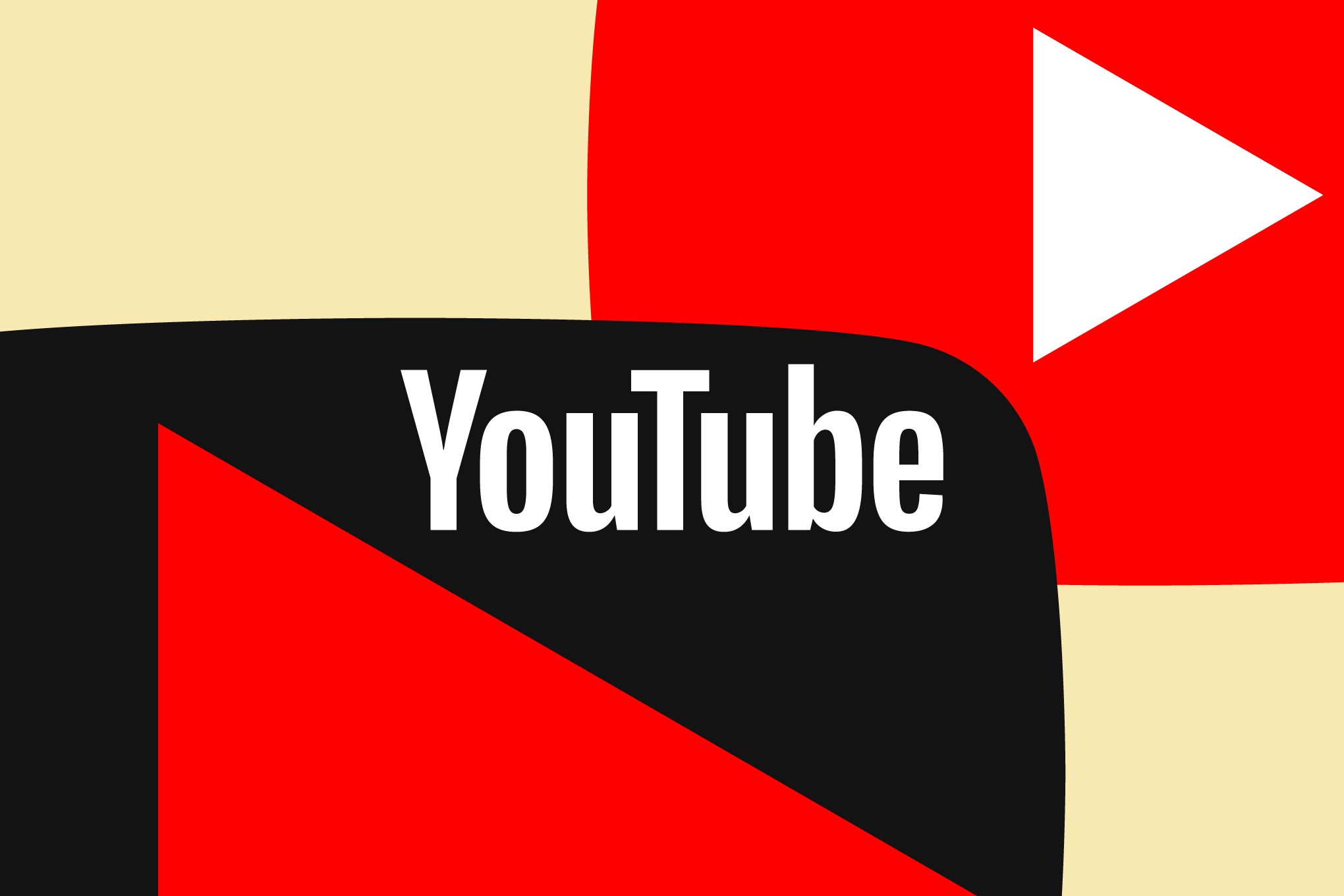
google home for web s long-awaited upgrade Google Home has received a significant upgrade, enhancing its web interface and expanding its usability for users managing connected devices.
google home for web s long-awaited upgrade
Overview of Google Home
Google Home serves as a central hub for controlling and monitoring a wide array of smart devices within a household. This platform allows users to manage everything from smart lights and thermostats to security cameras and entertainment systems. The convenience of having a single interface to control multiple devices has made Google Home an essential tool for many users looking to streamline their smart home experience.
Previous Limitations of Google Home for Web
Historically, the web version of Google Home was limited in functionality compared to its mobile app counterpart. Users often found that the best experience was tied to having the app installed on their smartphones or tablets. This reliance on mobile devices meant that users had to be in close proximity to their phones to effectively manage their smart home setups. The web interface, while functional, lacked many features that were available on mobile, leading to frustration among users who preferred to manage their devices from a desktop or laptop.
Challenges Faced by Users
Several challenges arose from the limitations of the web version:
- Limited Device Control: Users were unable to access certain features, such as detailed device settings and advanced automation options, which were only available through the mobile app.
- Inconsistent User Experience: The disparity between the app and web versions created confusion, as users had to switch between platforms to access different functionalities.
- Accessibility Issues: For users who preferred larger screens or those who worked primarily on desktops, the mobile-centric design was a significant barrier.
Major Updates to Google Home for Web
The recent upgrade to Google Home for web addresses many of these limitations, providing a more cohesive and feature-rich experience for users. The enhancements focus on improving accessibility, usability, and overall functionality.
Enhanced User Interface
The updated web interface features a more intuitive design, making it easier for users to navigate through their connected devices. The layout is cleaner, with a focus on usability that allows users to quickly find and manage their devices without unnecessary clicks. This streamlined approach not only enhances the user experience but also reduces the learning curve for new users.
Expanded Device Management
One of the most notable improvements is the expanded device management capabilities. Users can now access a wider range of settings directly from the web interface. This includes:
- Device Grouping: Users can group devices for easier control, allowing them to manage multiple devices simultaneously. For example, users can create a “Living Room” group that includes lights, speakers, and a thermostat, enabling them to control all these devices with a single command.
- Automation Features: The web version now supports advanced automation options, allowing users to set schedules and triggers for their devices. This means users can automate their smart home routines without needing to switch to the mobile app.
- Real-Time Monitoring: Users can monitor the status of their devices in real-time, providing immediate feedback on whether devices are functioning correctly or if there are any issues that need addressing.
Improved Compatibility with Third-Party Devices
The upgrade also enhances compatibility with a broader range of third-party devices. Google Home has always supported a variety of smart home products, but the new web interface makes it easier for users to integrate these devices into their existing setups. This is particularly beneficial for users who have invested in multiple brands of smart home technology.
Implications of the Upgrade
The enhancements to Google Home for web have several implications for users and the smart home ecosystem as a whole. By addressing previous limitations, Google is positioning itself as a more competitive player in the smart home market.
Increased User Adoption
With the improved web interface, Google Home is likely to attract new users who may have previously been deterred by the limitations of the web version. The ability to manage devices from a desktop or laptop can appeal to a broader audience, including those who prefer larger screens or those who spend significant time working on computers.
Enhanced User Engagement
By providing a more robust web experience, Google is likely to see increased user engagement. Users who can easily access and manage their devices are more likely to explore additional features and functionalities, leading to a more integrated smart home experience. This could also encourage users to invest in more smart devices, further expanding the ecosystem.
Competitive Landscape
The upgrade positions Google Home more favorably against competitors in the smart home market, such as Amazon Alexa and Apple HomeKit. By enhancing the web experience, Google can attract users who may have previously favored other platforms due to their more comprehensive web functionalities.
Stakeholder Reactions
The response from stakeholders in the smart home industry has been largely positive. Users have expressed enthusiasm for the new features, highlighting the convenience and improved functionality of the web interface. Tech reviewers have noted that the upgrade addresses many of the pain points that users have raised over the years.
User Feedback
Many users have taken to social media and forums to share their experiences with the new Google Home for web. Common themes in the feedback include:
- Ease of Use: Users appreciate the simplified navigation and the ability to control devices without needing to rely on a mobile app.
- Increased Functionality: The expanded features have been well-received, with users noting that they can now perform tasks that were previously only possible on mobile.
- Desire for Further Improvements: While the upgrade has been praised, some users have expressed a desire for additional features, such as enhanced voice control capabilities through the web interface.
Industry Expert Opinions
Industry experts have also weighed in on the significance of the upgrade. Many believe that Google’s commitment to improving the web experience signals a broader trend in the smart home market, where user experience is becoming increasingly important. Experts suggest that as more users adopt smart home technologies, companies will need to prioritize seamless integration across platforms.
Future Developments
Looking ahead, the enhancements to Google Home for web may pave the way for further developments in the smart home ecosystem. Google is likely to continue refining its platform based on user feedback and emerging trends in technology.
Potential Features on the Horizon
As Google continues to innovate, users can expect to see additional features that enhance the overall smart home experience. Potential future developments could include:
- Enhanced Voice Control: Improvements in voice recognition technology could allow users to control their devices more effectively through the web interface.
- Integration with AI: As artificial intelligence continues to evolve, Google may incorporate AI-driven features that learn user preferences and automate tasks accordingly.
- Expanded Third-Party Integrations: Continued partnerships with third-party device manufacturers could lead to even greater compatibility and functionality within the Google Home ecosystem.
Conclusion
The recent upgrade to Google Home for web marks a significant milestone in the evolution of smart home technology. By addressing previous limitations and enhancing the user experience, Google is not only improving its platform but also positioning itself as a leader in the smart home market. As users embrace these changes, the implications for both individual households and the broader smart home ecosystem are substantial, paving the way for a more connected and user-friendly future.
Source: Original report
Was this helpful?
Last Modified: September 24, 2025 at 4:55 am
1 views















